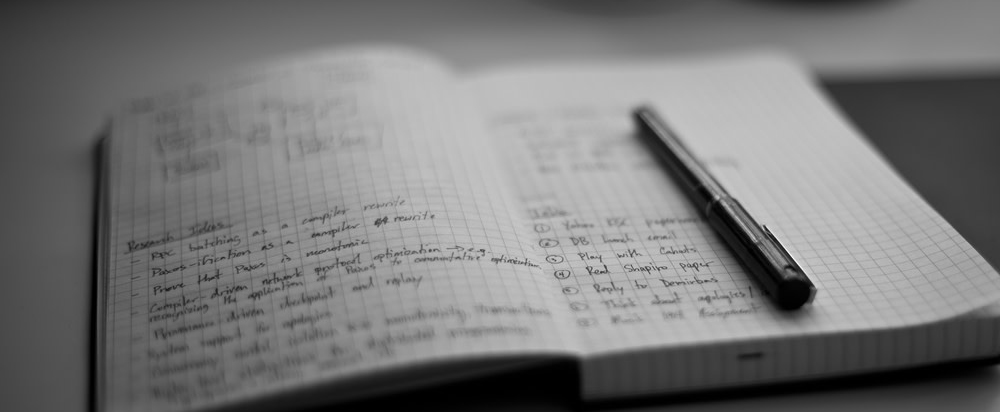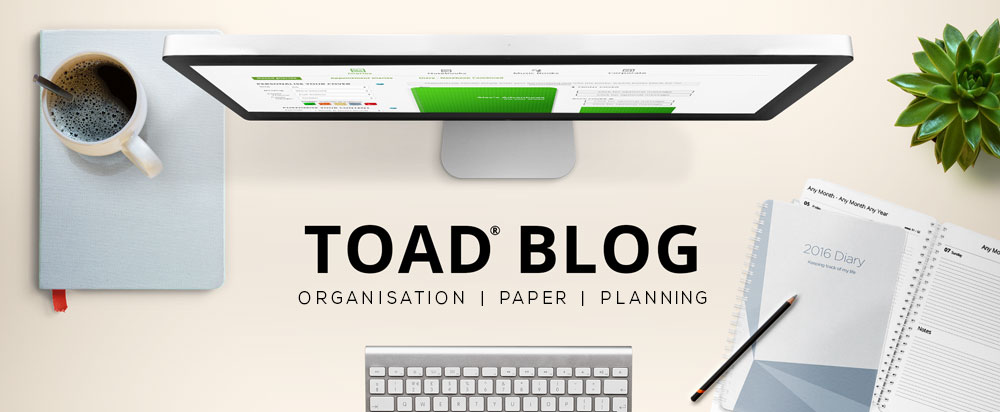'If your aren’t taking notes you aren’t learning'
Ben Casnocha
In a world awash with information, our ability to process, understand, and retain knowledge becomes increasingly vital. One of the most potent tools in this cognitive arsenal is the art of note-taking. Far more than just jotting down words on paper, note-taking is a multi-faceted skill that taps into the brain's incredible capacity to learn and remember. In this exploration of note-taking, we will delve into the science behind it, the myriad methods and styles, and how this simple yet profound practice can enhance recall, streamline information processing, and facilitate efficient learning.

The Science Behind Note-Taking
Note-taking isn't just a study habit; it's a cognitive powerhouse backed by scientific research. Numerous studies have shown that taking notes engages the brain in a way that significantly aids comprehension and recall. According to a study published in Psychological Science, participants who took notes during a lecture retained more information than those who simply listened. This suggests that note-taking serves as a dual encoding process, reinforcing information in both auditory and written forms, making it easier for the brain to recall later.
Active Engagement of the Brain
The act of note-taking actively engages the brain, transforming passive listening into an interactive learning experience. When you take notes, you must synthesize information, filter out the most crucial points, and articulate them in your own words. This process forces you to think critically about the material, making it more likely to be understood and retained. The brain's cognitive machinery is put into motion, as it processes, organizes, and stores information for future reference.
The Tactile Advantage
One of the less-discussed benefits of note-taking is the tactile experience it provides. Writing by hand, as opposed to typing on a keyboard, has been shown to have a more significant impact on memory and comprehension. A study published in the journal Psychological Science found that students who took handwritten notes consistently outperformed their peers who used laptops in terms of both understanding and retention. The physical act of writing engages fine motor skills, providing an additional layer of sensory input that reinforces memory.
The Unique Handwriting Advantage
Your handwriting is a unique identifier, a visual imprint that is distinctively yours. When you take notes by hand, you create a personalized record that resonates with your brain's recognition systems. This unique imprint makes it easier for your brain to locate and retrieve information when you revisit your notes. Unlike standardized fonts and digital text, your handwriting forms a connection with your brain that enhances recall.
The Power of Visual Memory
Visual memory is a robust aspect of human cognition. When you write notes by hand, you create a visual memory bank that your brain can tap into later. You might recall where specific information was located on a page or the way you formatted your notes. These visual cues provide additional pathways for retrieving information, improving recall and recognition.

Styles and Methods of Note-Taking
The world of note-taking is not limited to one-size-fits-all. There are various styles and methods, each catering to different preferences and situations. Here are a few popular ones:
-
Bullet Journaling: The bullet journaling method, developed by Ryder Carroll, combines note-taking with organization and mindfulness. It encourages the use of bulleted lists, symbols, and calendars to track tasks, goals, and events. This method emphasizes customization, allowing individuals to create a note-taking system tailored to their needs.
-
Shorthand: Shorthand is a specialized system of writing that condenses words and phrases into symbols and abbreviations. Although it takes time to learn, shorthand can significantly increase note-taking speed, making it an invaluable tool for transcription, journalism, and courtroom reporting.
-
Mind Mapping: Mind mapping is a visual note-taking technique that helps organize information by creating a graphical representation of ideas and concepts. It stimulates creative thinking, promotes associations between ideas, and enhances understanding.
-
Cornell Note-Taking System: The Cornell method involves dividing your notes into two columns, one for main ideas and the other for supporting details, along with a bottom section for summarizing the content. This structured approach facilitates review and information retrieval.
-
Digital Note-Taking: While traditional handwritten notes have their advantages, digital note-taking tools like Evernote, OneNote, and Notion offer convenience and searchability. They enable users to organize, search, and access their notes from various devices, making them ideal for a digital age.
Note-Taking for Speed Reading
Note-taking is not just about capturing information; it can also significantly enhance your speed-reading abilities. When you read a text with the intention of taking notes, you are priming your brain to focus on key points and essential details. This approach allows you to extract information more efficiently while avoiding the pitfalls of slow and overly analytical reading. In essence, note-taking enables you to read with purpose and extract value from texts more rapidly.
Enhancing Active Learning
Active learning involves engaging with the material actively rather than passively absorbing it. Note-taking is a powerful technique that fosters active learning. By summarizing, paraphrasing, and questioning as you take notes, you reinforce your understanding of the material and make it your own. This process of active engagement with the content not only deepens your comprehension but also prepares you for more effective recall when needed.
Highlighting and Marking-Up Notes
Beyond simply recording information, note-taking allows you to highlight and mark up your notes for quick reference and review. This process involves using different colors, symbols, and annotations to emphasize important points or concepts. These visual cues can serve as memory triggers when you revisit your notes, making it easier to identify critical information.
Conclusion
Note-taking is a skill that transcends the classroom or the office; it is a cognitive superpower that unlocks your brain's potential. Backed by scientific research, note-taking engages the brain actively, taps into tactile advantages, and leverages the power of visual memory. It offers a diverse array of styles and methods to suit different needs, enhances speed reading, and facilitates active learning.
So, the next time you find yourself in a lecture, a meeting, or engrossed in a book, remember the incredible potential of note-taking. Equip yourself with the right tools and techniques, and watch as your ability to process, understand, and remember information soars to new heights. With note-taking as your ally, the journey of learning becomes not only more efficient but also more enjoyable. It's time to unleash the cognitive superpower within you through the simple act of taking notes.


